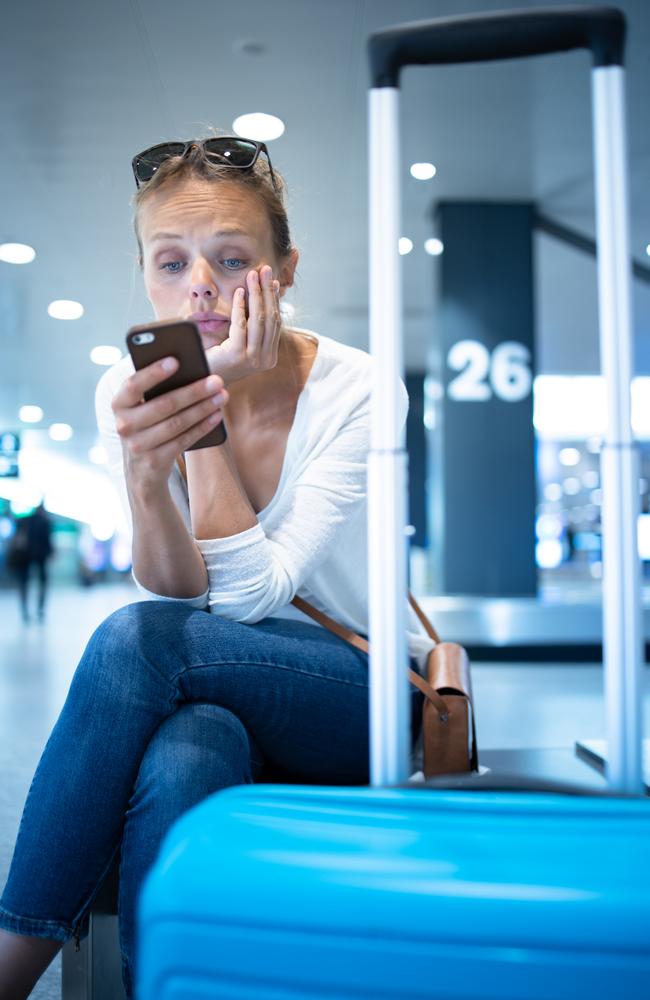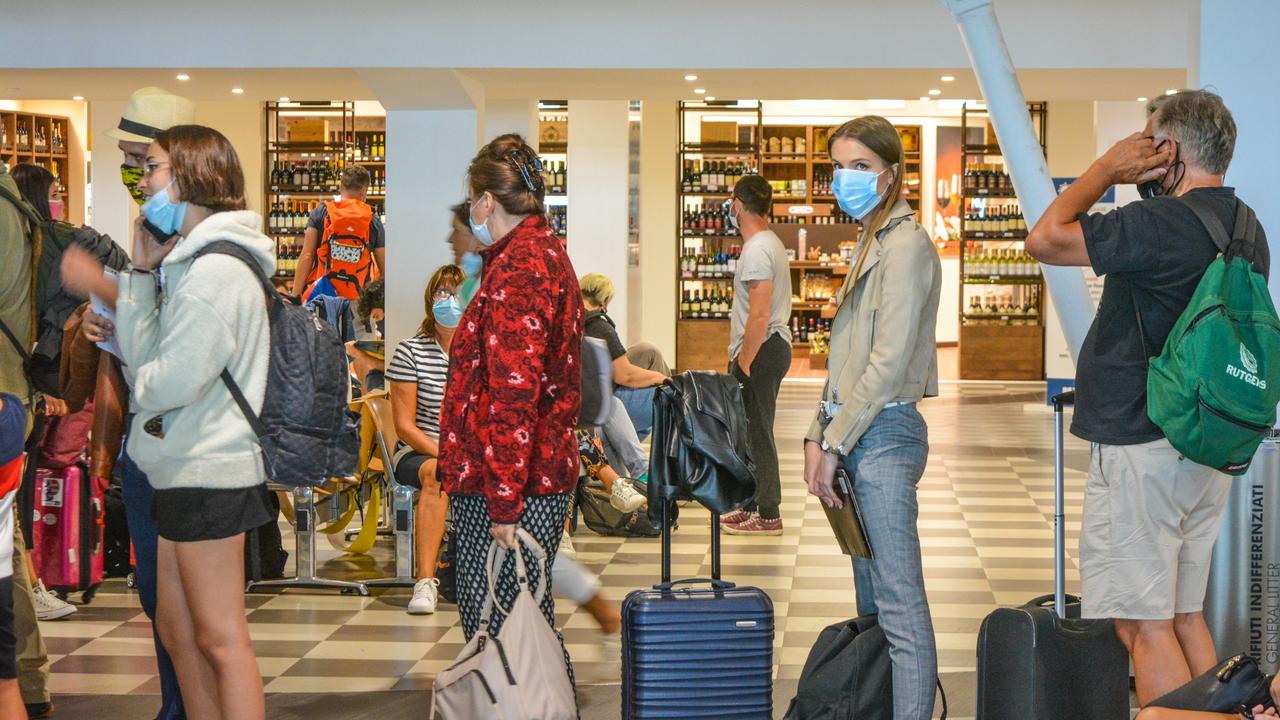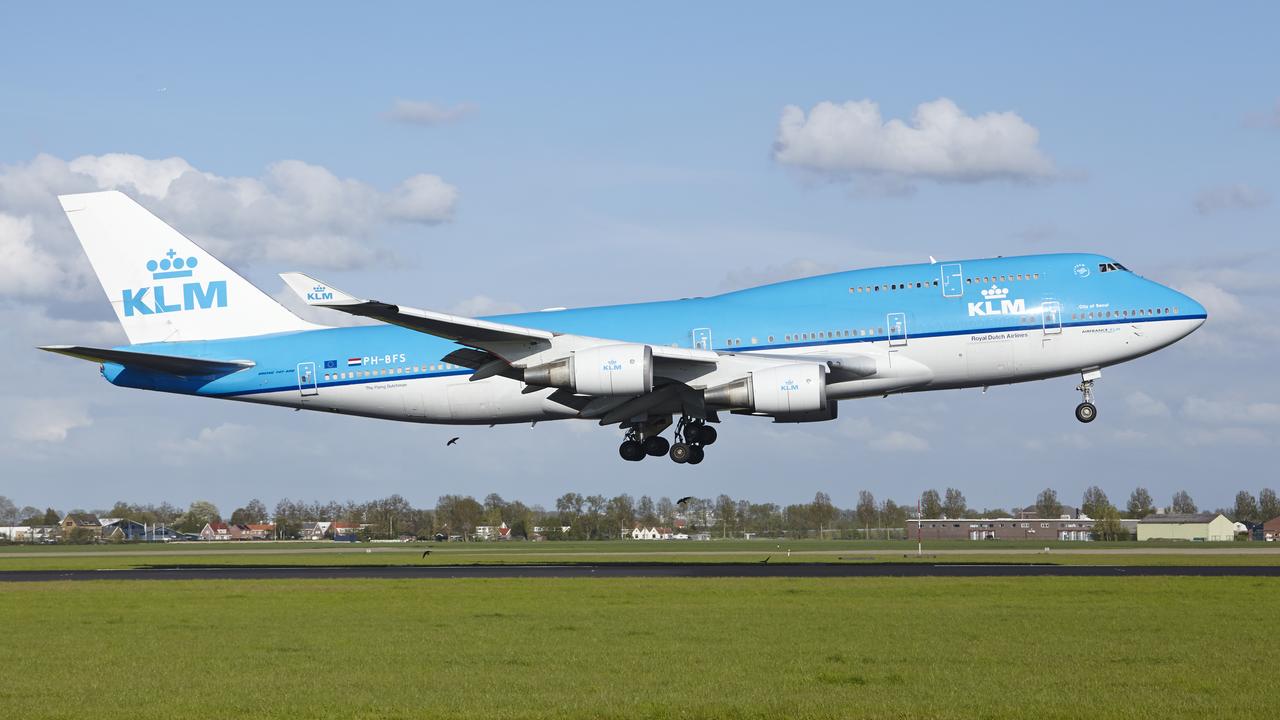Best and worst times to travel revealed
Facing major disruption, more passengers are asking what are the best times and routes to travel. Here’s a rundown.
Facing major disruption, more passengers are asking when are the best times and routes to travel. Planning is more essential than ever for smooth air travel given the past month’s hiccups.
A tidal wave of delays and cancellations arrived at airports across Britain, the US and EU over June, NZ Herald reports.
Luggage handling glitches at Heathrow, labour shortages across American airports and last minute cancellations have led to travel misery. There were even accounts of pilots getting out of their planes to help clear the luggage backlog.
Last week there were 14,500 cancellations and 34,000 delays across the international airspace according to air traffic monitor FlightAware.
However, this disruption has affected passengers unequally. You can escape some of the chaos, if you pick the right airline, route and time to travel.

The best times to travel
According to the data from FlightRadar24 and OAG cargo of cancellations across the last month, the best times to fly are late mornings between 10am and 1pm, reported The Telegraph.
Just 0.75 per cent of flights were cancelled in the hour before midday, making this off-peak period the safest time to fly.
The risk of cancellation rises for later flights. From 6pm to 7pm an average of 138 flights were cancelled – or roughly 3 per cent.
The best day to fly
Saturday is the best time to fly, according to the data. With only 157 departures scrapped, it’s a far better bet than Sunday.
Sunday was no day of rest for those arranging travel with 256 flights cancelled out of the UK. Two per cent of all flights were grounded, making it a day to avoid.
The best and worst airlines to fly with
Looking at delays and cancellations in the data from Flightaware, some international airlines were less affected by disruption than others. Looking at on-time arrivals from the past week.
Japan’s All Nippon Airlines was the most reliable, with fewer than 10 planes (less than 1 per cent) cancelled a day. This is on top of an impressive 97 per cent on-time record.

Turkish Airlines also fared well, cancelling fewer than one in every 380 flights, albeit seeing 735 late running services.
Ryanair and easyJet all managed an impressive less than 1 per cent cancellation rate, however they were beset by major delays.
Ryanair and easyJet saw between 20 and 40 per cent of flights delayed by over 30 minutes. Or an average of around 600 flights running late a day.
China Eastern and Tianjin Airlines saw 16 per cent and 28 per cent of flights knocked off the board, or around 500 flights a day.
However, it was Spring Airlines which saw one of the worst performance records.

Over the past three days, almost 50 per cent of its international flights were cancelled.
June was a bad month for KLM
The Dutch carrier saw a whopping 5 per cent cancellation rate over June. Disruption was so bad the carrier stopped selling flights into Amsterdam Schiphol at the beginning of the month to ease overcrowding.
On this side of the world, New Zealand had a 14 per cent disruption rate over the last week, versus 21 per cent for Jetstar and 15 per cent for Qantas.
Best and worst airports for disruption
Disruptions at New York’s Airports saw La Guardia facing highs of 17 per cent of daily flights cancelled and Newark Liberty suffering around 14 per cent of international flights scrubbed. JFK, however, managed to cruise along with 96 per cent of daily flights taking off.
London’s disruption was felt worse at some airports than others, according to FlightRadar24 data. London Stansted in the north east saw the least cancellations with only 1 in 720 services scrapped.
London City Airport was worst affected, the central city airstrip in London’s docklands saw an abysmal one in 33 – or 3 per cent – of flights axed.
Even in the worst affected cities, some travel hubs were moving quicker than others.
This article originally appeared on NZ Herald and was republished with permission





